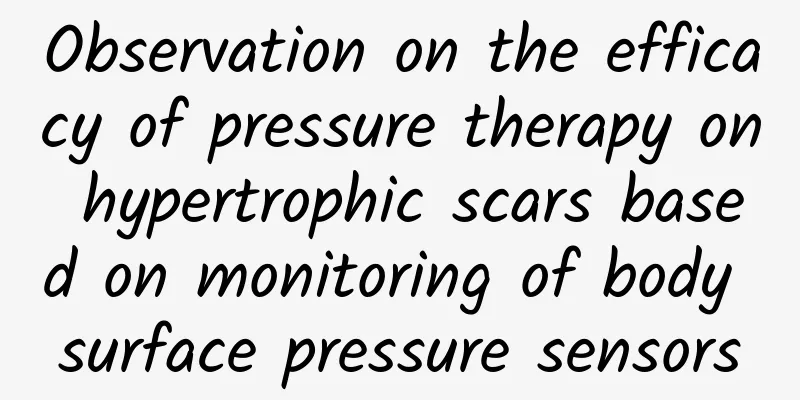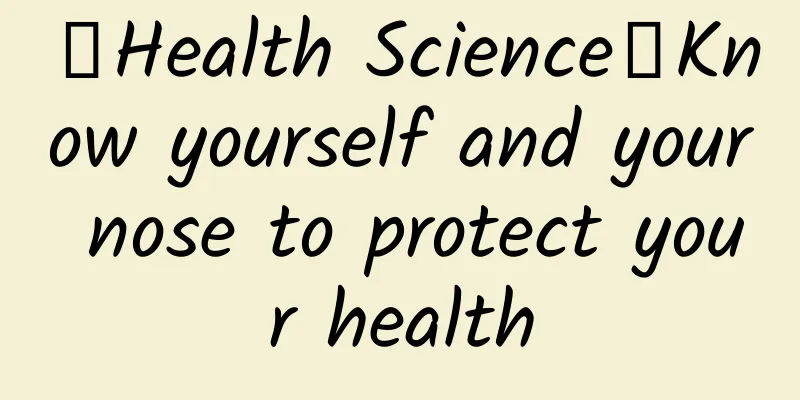Observation on the efficacy of pressure therapy on hypertrophic scars based on monitoring of body surface pressure sensors

|
Observation on the efficacy of pressure therapy on hypertrophic scars based on monitoring of body surface pressure sensors 1. Hypertrophic scars It refers to a pathological scar formed when the reticular layer of the dermis is damaged due to burns or other trauma, resulting in excessive tissue repair and abnormal precipitation of the extracellular matrix. Characteristics: Local thickening and hardening, the surface is flushed or purple-red, accompanied by varying degrees of pain, itching and dryness, etc. Blisters are easily formed in the early stages and may even lead to scar ulcers. For hypertrophic scars, the consensus recommends the use of topical anti-scar drugs, pressure therapy (effectively pressurized areas), tension reducers, radiotherapy, etc. after wound epithelialization is completed. Pressure therapy, also known as compression therapy, refers to a treatment method that applies appropriate pressure to the human body surface to prevent or inhibit skin scar hyperplasia and prevent limb swelling. Pressure therapy is one of the most effective methods for preventing and treating hypertrophic scars, as confirmed by evidence-based medicine. The clinical role of pressure therapy: Control scar hyperplasia By changing the capillaries and blood flow status of hypertrophic scars, the growth of scar fibroblasts is interfered with, and hypertrophic scars are effectively prevented and treated. Control edema It can promote blood and lymph return and reduce edema. Promote body shaping It can promote the shaping of amputation stumps and facilitate the assembly and use of prostheses. Prevent joint contractures and deformities Contractures and deformities caused by hypertrophic scars can be prevented and treated by controlling scar hyperplasia. Prevention of Deep Vein Thrombosis Compression therapy can prevent the formation of deep vein thrombosis in the lower limbs of people who are bedridden for a long time. Preventing varicose veins in the lower limbs It can prevent the occurrence of varicose veins in the lower limbs among people who work in sedentary or standing positions for long periods of time. Among them, there is a study on the clinical efficacy of pressure therapy for hypertrophic scars monitored by surface pressure sensors. The surface pressure sensor can monitor the pressure value required for scar treatment, monitor the effective pressure during pressure treatment, and provide an accurate pressure detection for pressure treatment clinics. Research Process Forty patients with hypertrophic scars were randomly divided into a manometry group (n=20) and a control group (n=20). The manometry group received pressure therapy monitored by a basic surface pressure sensor, while the control group received conventional pressure therapy. Before treatment and 1 to 3 months after treatment, scar thickness (measured by B-ultrasound), scar VSS score, pruritus, pain VAS score and the incidence of adverse reactions were analyzed. Related surface pressure monitoring equipment: The flexible thin-film surface pressure sensor used can be bent at will to fit the surface skin completely (Figure 1). The sensor can be connected to the surface pressure monitor (Figure 2). Through the analog-to-digital conversion of the pressure monitor, the analog signal is converted into a digital signal, and then transmitted to the microprocessor of the monitor. The microprocessor converts the original signal of the pressure sensor into the actual pressure value and displays it in real time on the LCD screen (Figure 3). The pressure receptor is placed between the surface scar to be observed and the pressure garment (Figure 4). Study Results There were no significant differences in the basic data of the two groups, including gender, age, injury condition, and course of disease (P>.05). After 3 months of pressure treatment, the scar thickness (measured by B-ultrasound), VSS score, and VAS score of pruritus and pain in the two groups were significantly reduced compared with those before treatment (P<0.05); the scar thickness (measured by B-ultrasound) and VSS score in the pressure measurement group were significantly lower than those in the control group (P<0.05), but there were no statistical differences in the VAS score of pruritus and pain between the two groups (P>0.05), and the incidence of adverse reactions in the pressure measurement group was significantly lower than that in the control group (P<0.05). Conclusions Pressure therapy based on surface pressure sensor monitoring is more accurate and effective, with a lower adverse reaction rate, and is worthy of clinical promotion and application. Pressure therapy based on surface pressure sensor monitoring can provide more accurate, safe and effective pressure therapy for specific hypertrophic scar patients, solving the current widespread situation that pressure therapy is not accurate enough and relies entirely on experience. |
>>: Postoperative scar care pitfall avoidance guide: Learn about the taboo list
Recommend
How to reduce belly fat for women
We wear so many clothes that we don't even lo...
What should I do if I have bloating during pregnancy?
Many pregnant women will encounter various proble...
What causes abdominal pain after childbirth?
There are many adverse conditions in women's ...
What ointment should I use for labia minora ulcers
If ulcers appear in the labia minora, it is actua...
How to prevent breast sagging
What are the ways to prevent sagging breasts? Fem...
A well-known singer fainted due to heat stroke shock. Learn this guide to dealing with heat stroke!
It was reported that singer Eason Chan fainted du...
"French" life | Can you lose weight by lying down? Beware of this popular "slimming coffee"
"No need to exercise, lose weight easily.&qu...
How to take care of your skin during menstruation
Skin sometimes even means life to women, but as t...
Who is healthier, people who have nocturia or those who don’t? How many times is normal to urinate at night? The answer is…
When I was young, I could sleep till dawn. But I ...
How to solve the problem of overuse of antibiotics? We want to find an alternative
Produced by: Science Popularization China Author:...
Is pelvic effusion 0.9 serious?
Under normal circumstances, pelvic effusion is le...
What is the nutritional value of duck intestines? How to clean duck intestines
Many friends like to order duck intestines when e...
Is it a short confinement period to take out the IUD and do curettage?
For married couples, if they are not planning to ...
Is it normal to have one breast bigger than the other?
Breasts are a key part of women. Some women pay m...
Why is my period delayed for a week?
Some women have physical problems, especially som...









